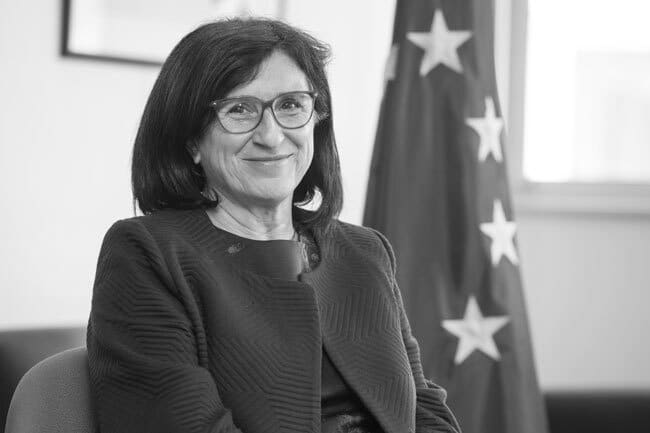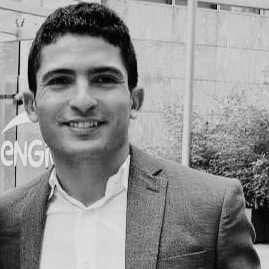Dominique Perrut, economist, associate university professor and member of the Confrontations Europe Finance Steering Committee, analyses the main priorities of the post-Covid 19 recovery plan in a context of war in Ukraine. Europe was hit harder by the sudden pandemic than its major competitors, but it has taken energetic measures in order to make the dual transition, climate and digital, the driving force behind its economic recovery. A brief economic and social diagnosis of the Union after two years of health crisis will lead us to identify the three challenges that the continent must now face: the convergence of national economies, the management of transitions and the fight against social dumping and exclusion. We will also attempt to assess the economic consequences of the war unleashed by Russia in Ukraine and the impact of European responses for energy independence on the climate transition. After a discussion on these issues, we
Ce contenu est réservé aux abonné(e)s. Vous souhaitez vous abonner ? Merci de cliquer sur le lien ci-après -> S'abonner












